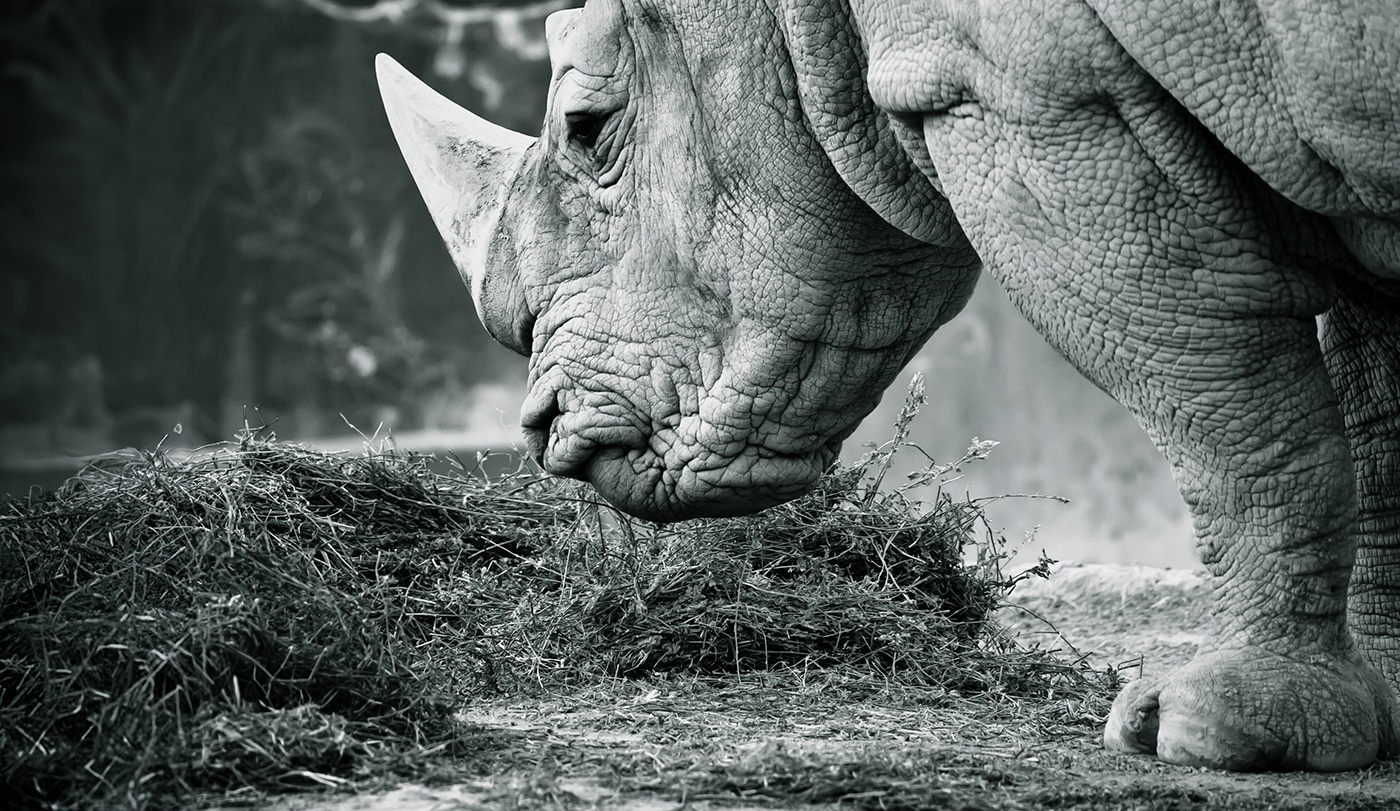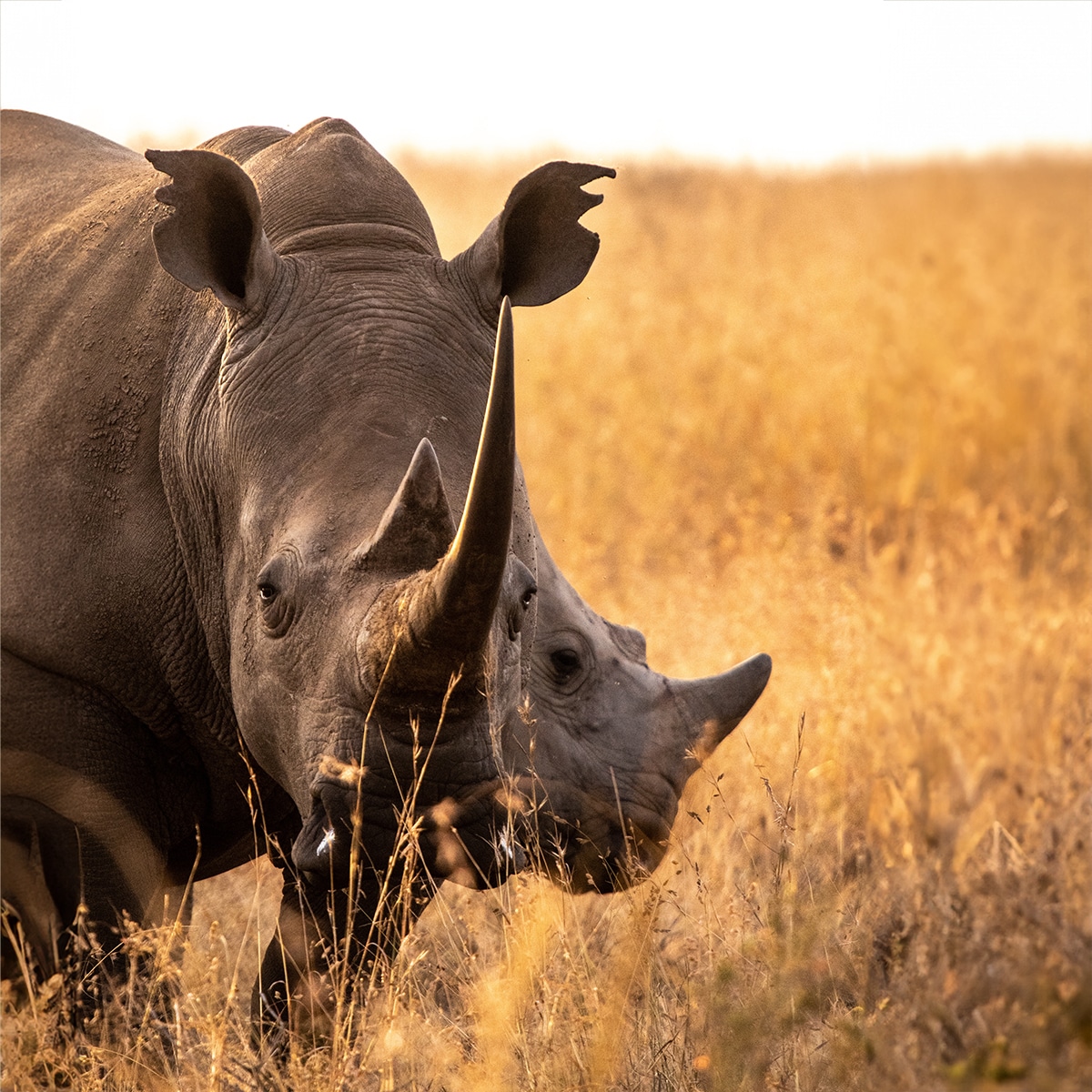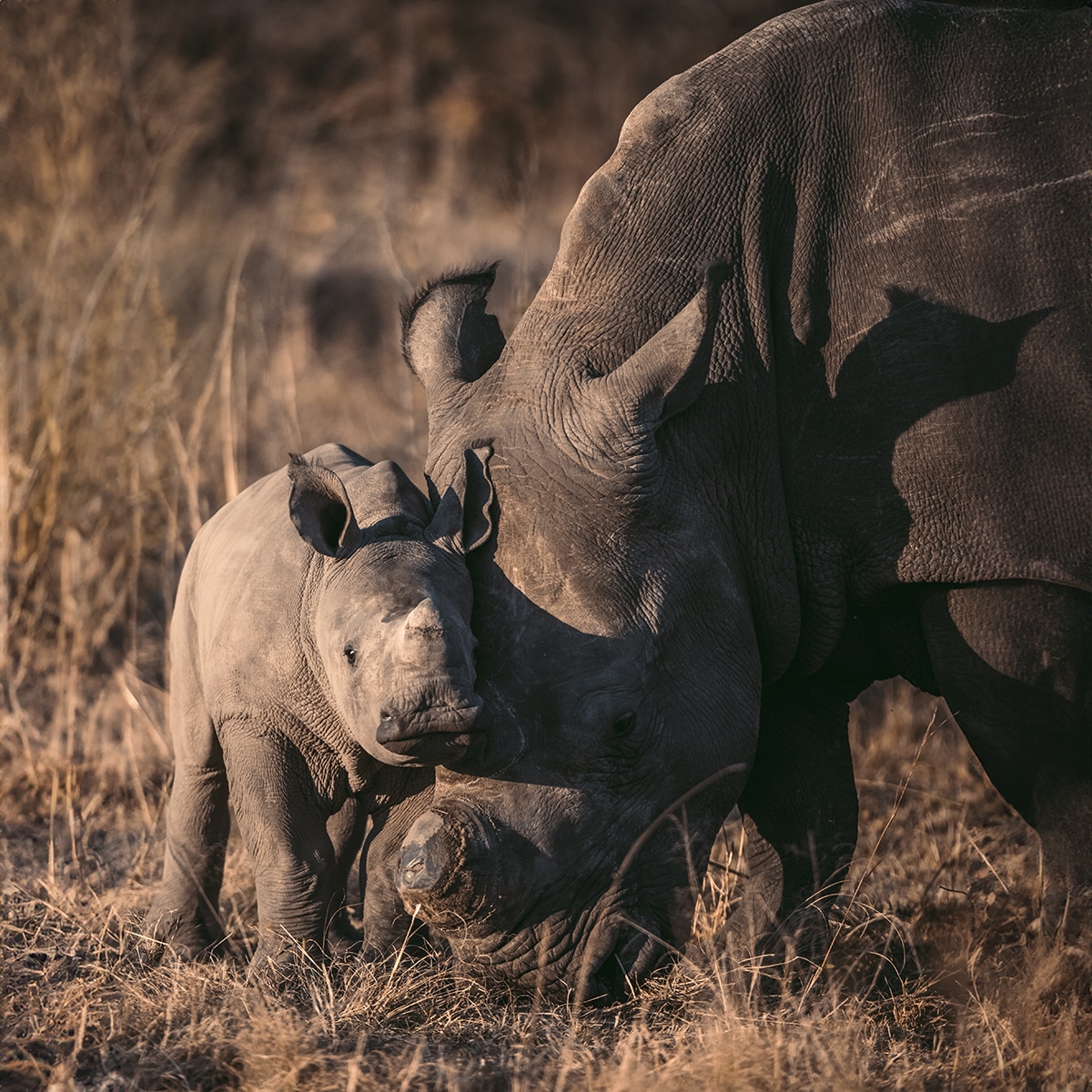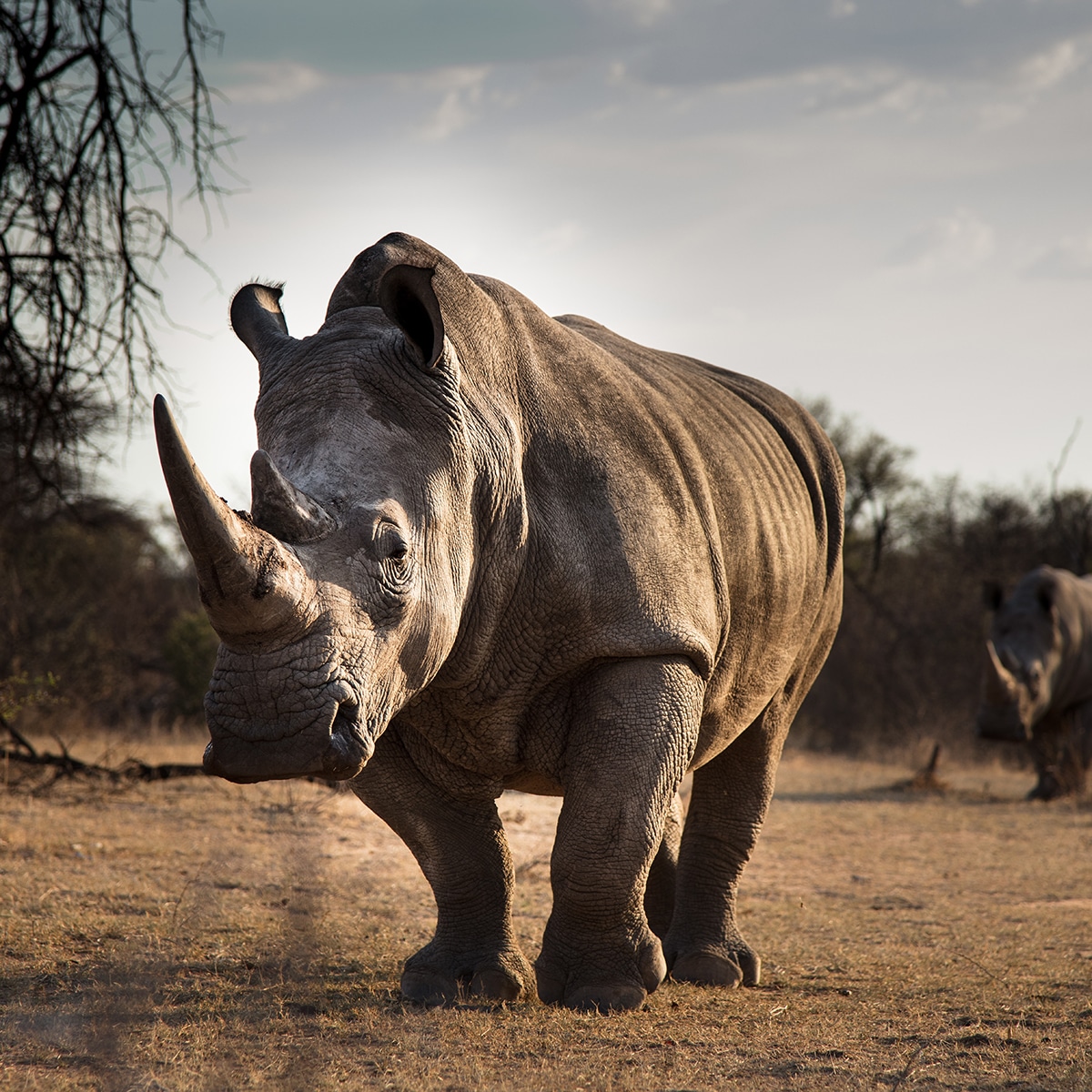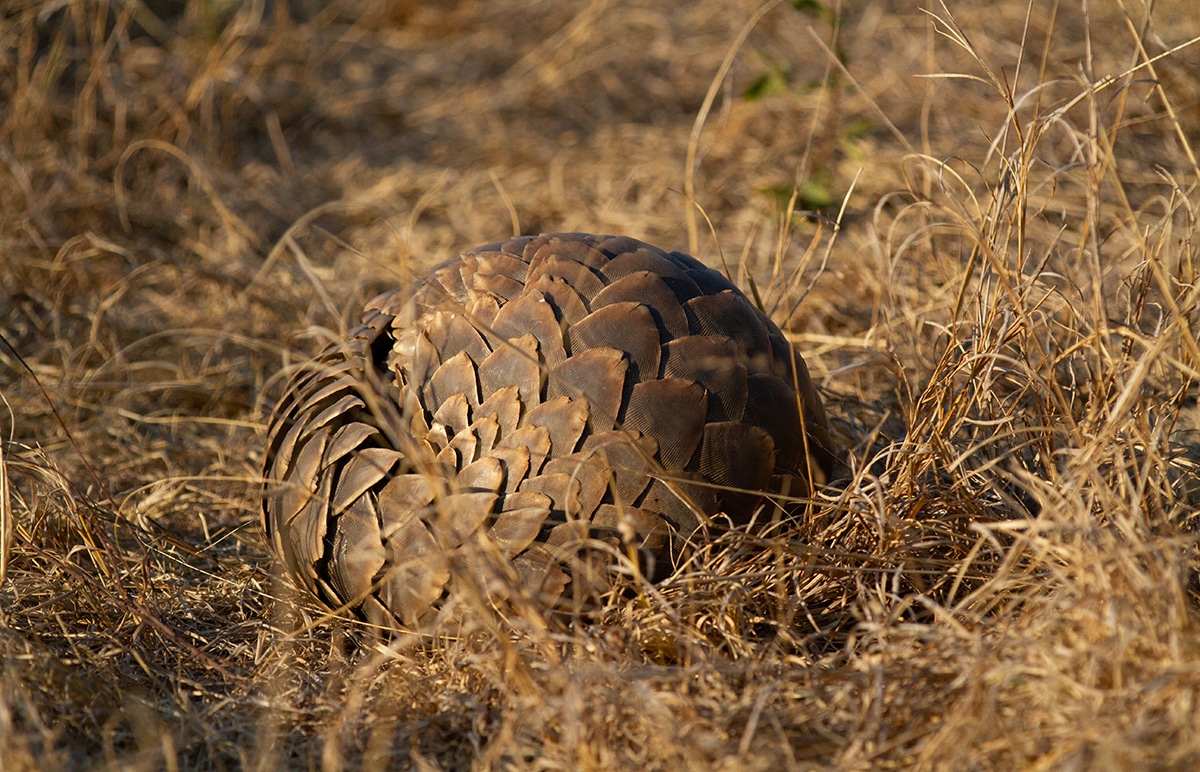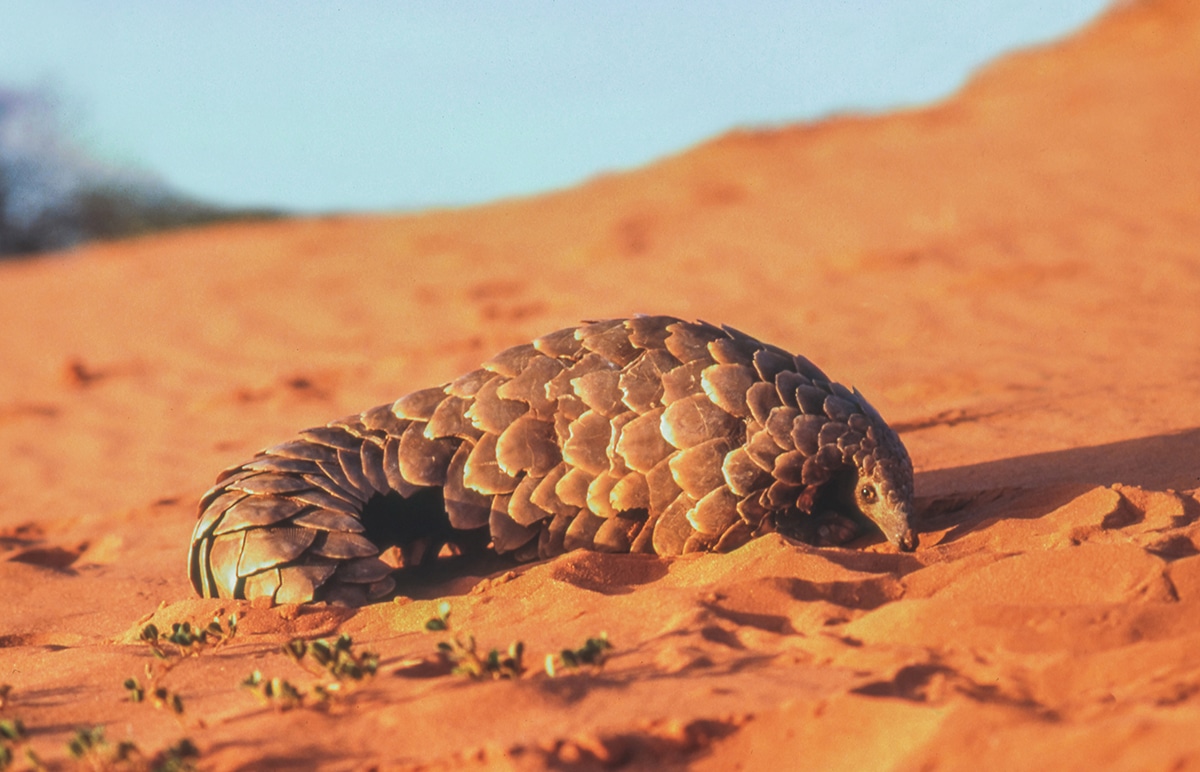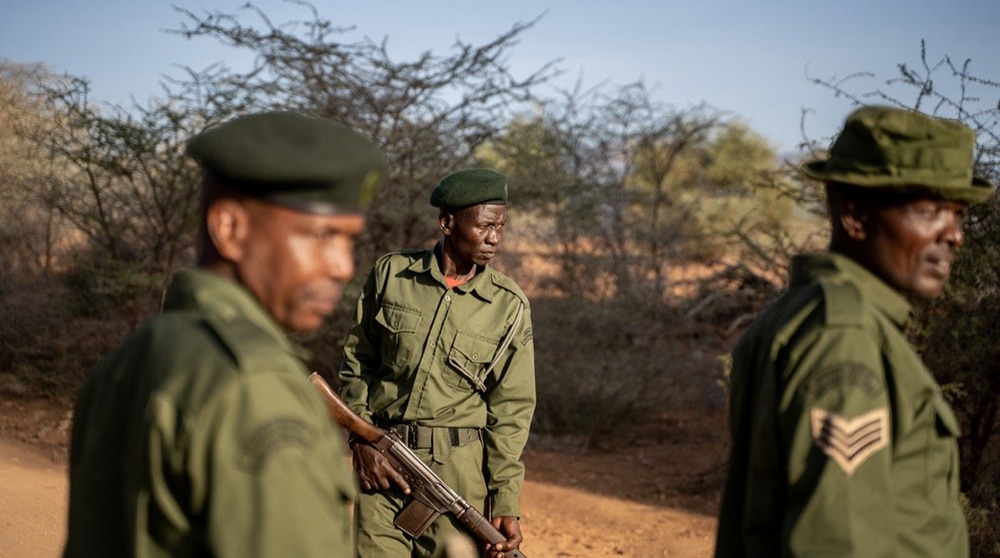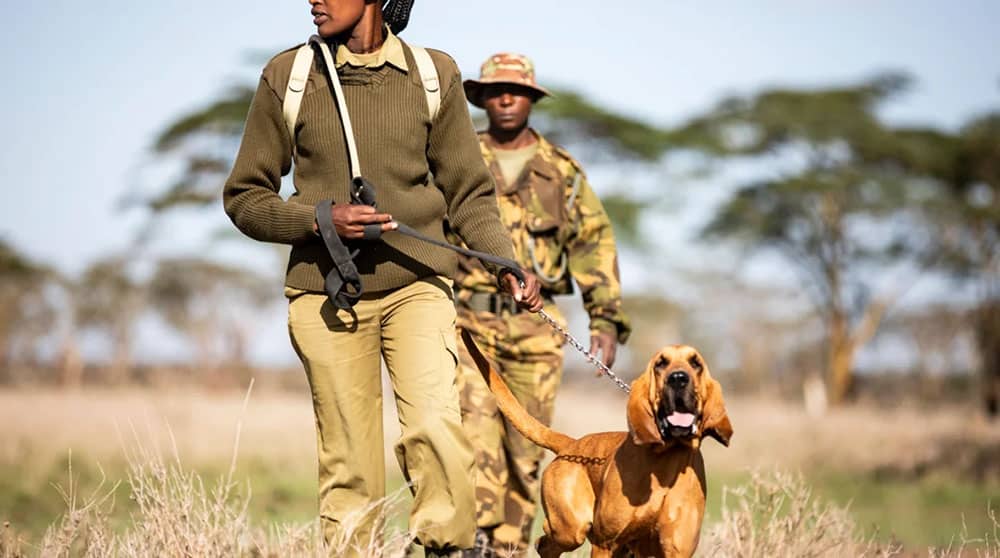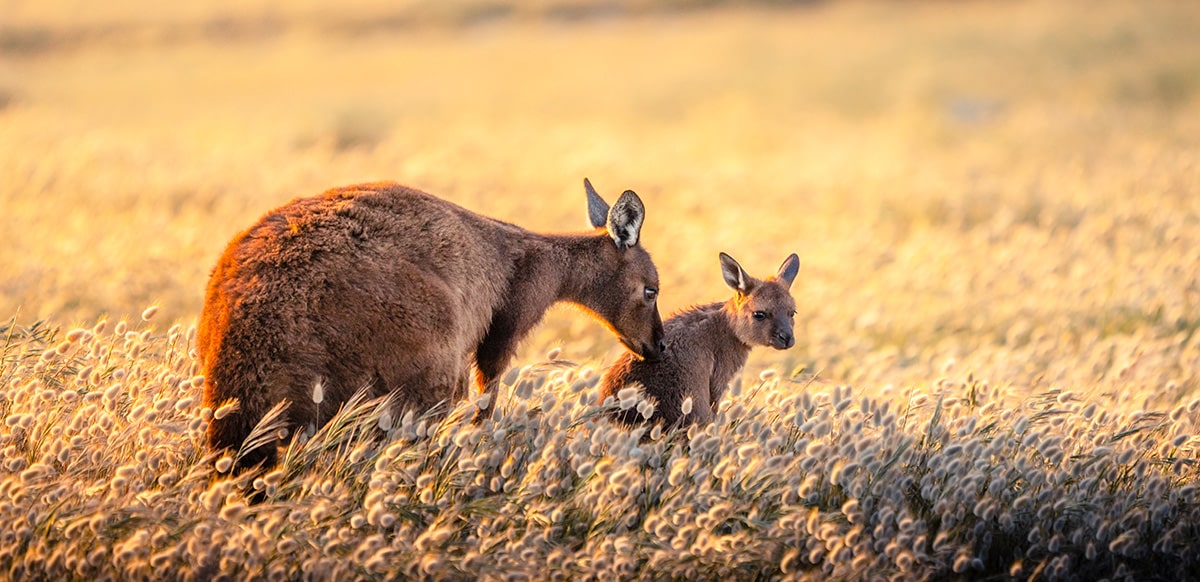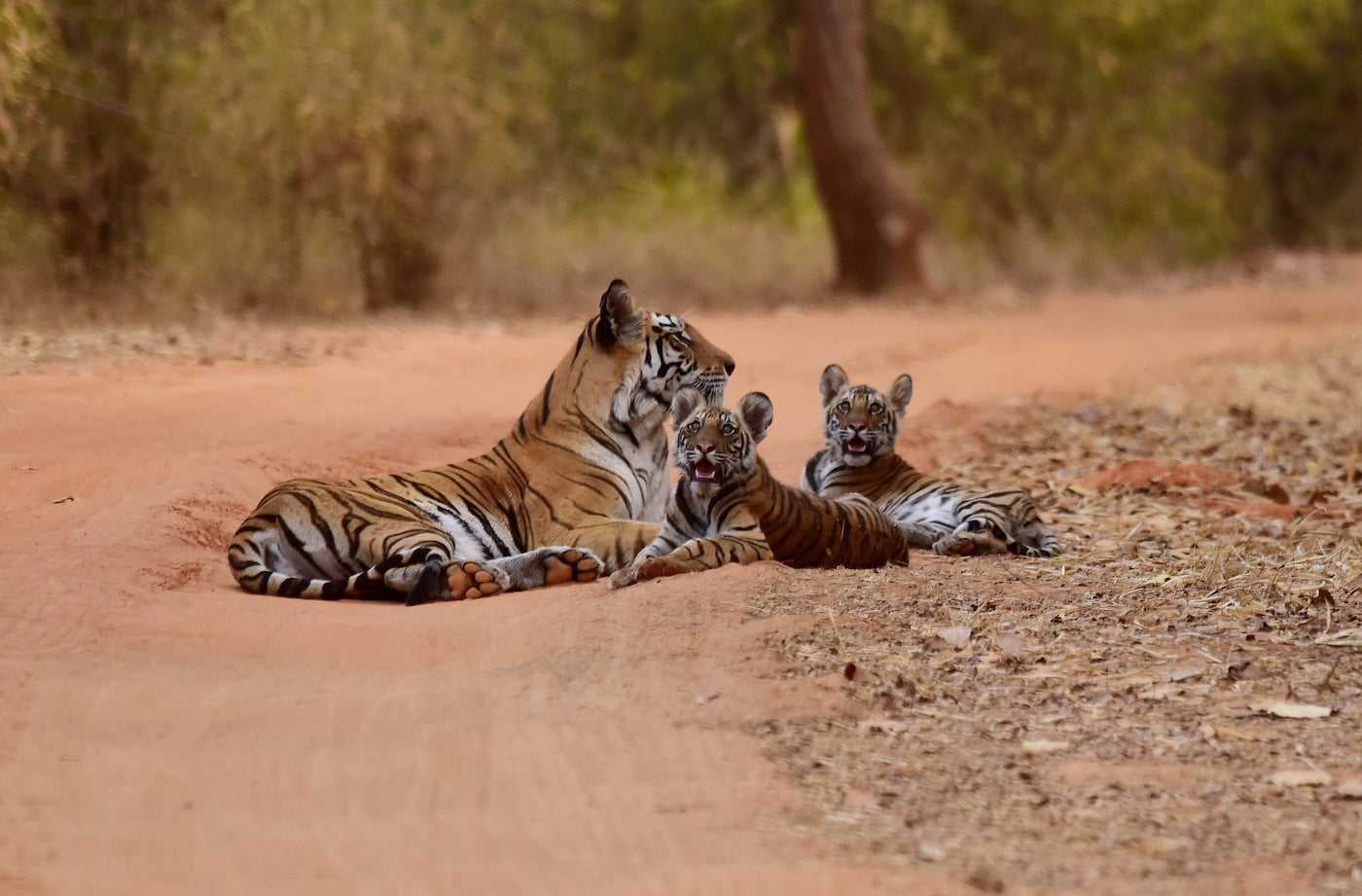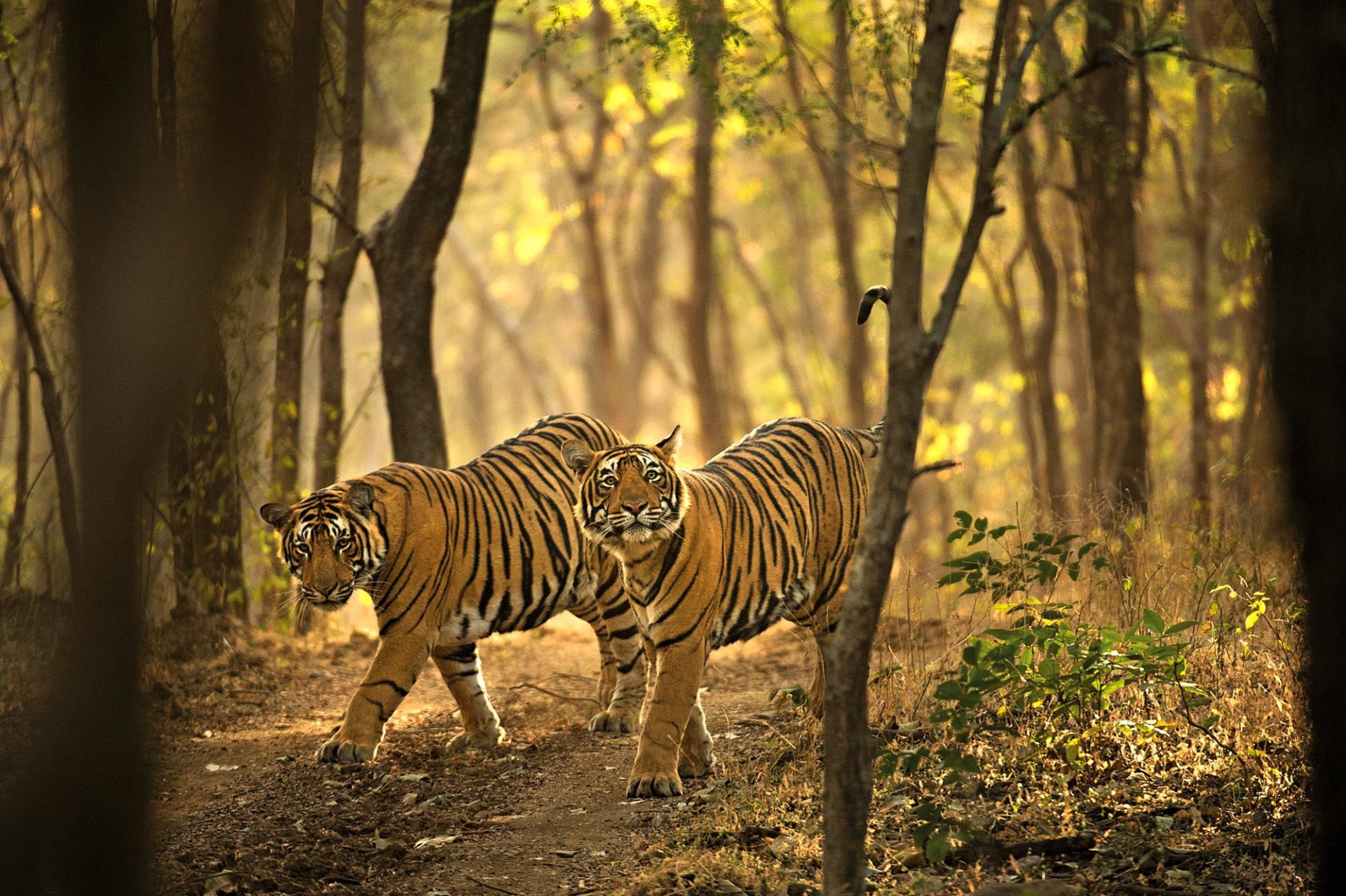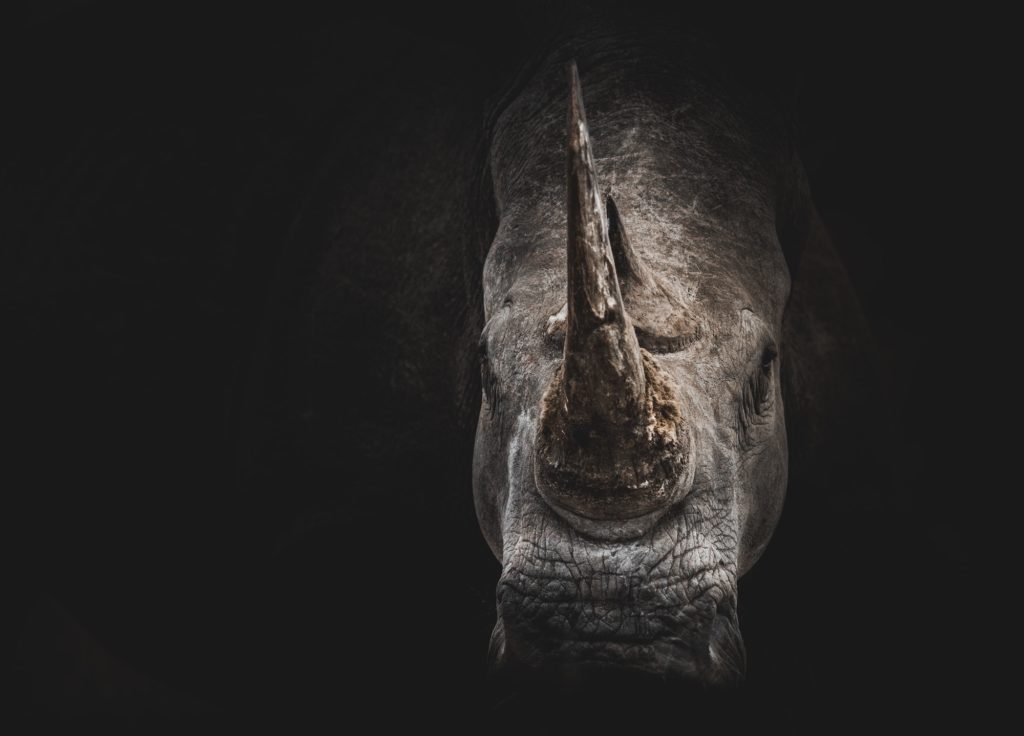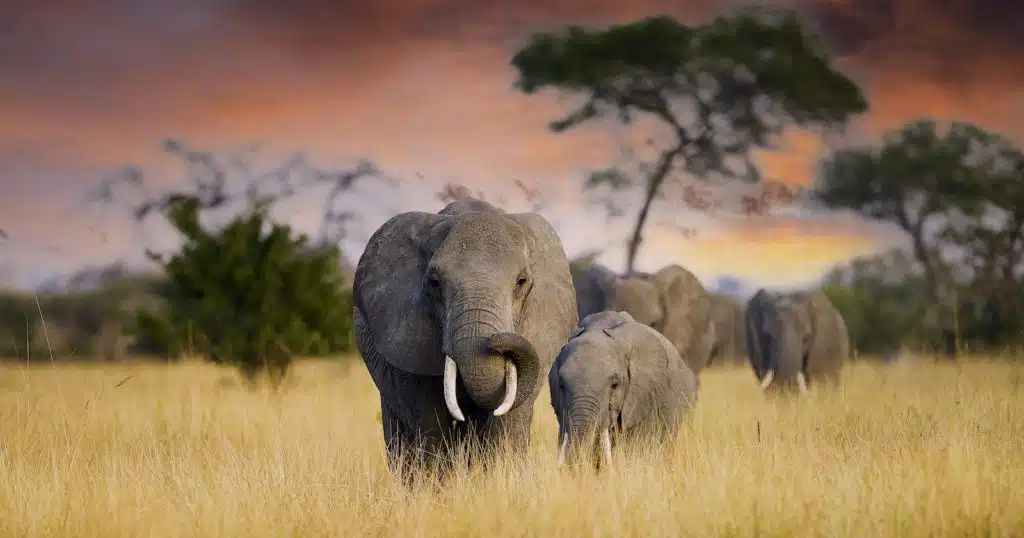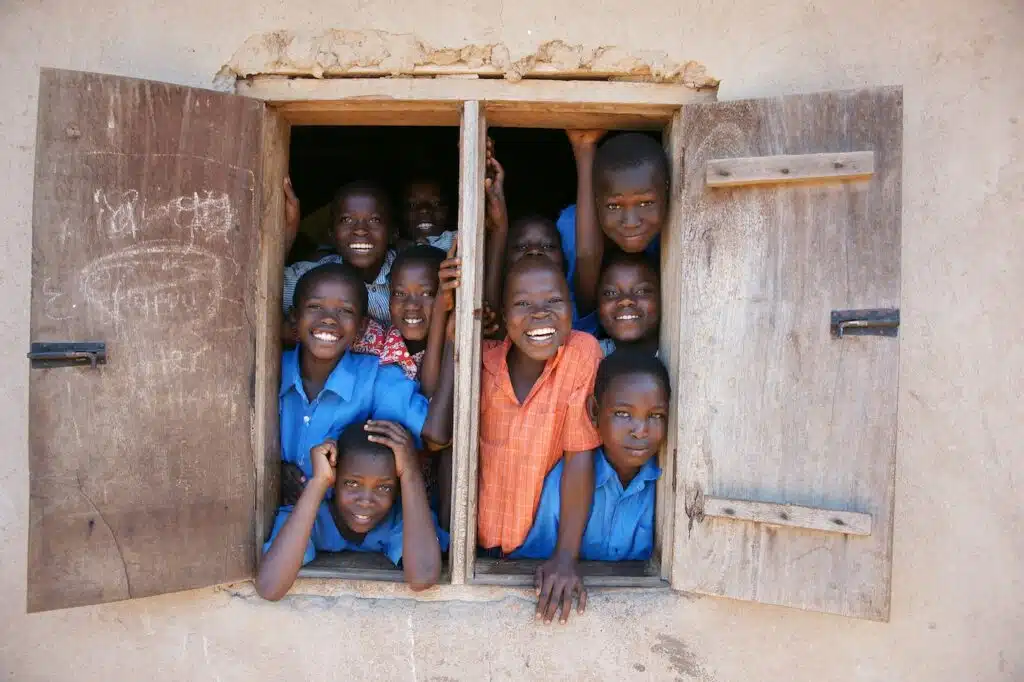A BRIGHTER FUTURE
This Year’s Good News Stories
The media thrives on drama and it is easy to become overwhelmed with a sense of doom and gloom. Fortunately, 2023 was also a year of many good news stories.
Good news doesn’t make the front page – it’s just not sensational enough. Though it’s a shame that these feel-good tales don’t reach the tabloids, it also leaves many of the world’s unsung heroes unnoticed and not celebrated for the incredible work they do, sometimes against all odds.
Scientists working to bring back endangered or extinct species (including the Northern white rhino and the dodo), conservationists overcoming the poaching trade, properties creating sustainable solutions to luxury safaris, and ranger programs that have re-established environments once decimated by conflict or unmanaged deforestation; the world is filled with incredible people doing remarkable things.
While 2023 has had many tragedies, there has also been plenty to celebrate.
Here are 10 wonderful good news stories from the last year, giving hope of a brighter future for wildlife, the environment, and indigenous communities.
- Rhinos Return
- Pangolins Defy Extinction
- Sustainable Safaris
- People Power in Ecuador
- Protecting the Oceans
- Bouncing Back from Bushfires
- Saving the Kipunji
- Double the Stripes
- Community Conservation
- Saving the Gorillas
RHINOS RETURN
Few animals have struggled against mankind’s needless persecution more than the rhino. One of the most heavily poached animals in history, rhino populations throughout Africa and Asia have been decimated for their horns. A 2,000-year-old fallacy holds the belief that rhino horn – made of keratin, the same substance as our hair and nails – will cure fevers, gout, and nosebleeds among other benign ailments.
This year the South African Police Service (SAPS) announced an 11-percent decline in poaching activity in the first half of 2023 thanks to its combined efforts alongside other organizations.
The year has also concluded with the announcement that 2,000 white rhino bred in captivity will be rehabited across the continent in a ten-year release program orchestrated by African Parks.
This two-pronged good news story breathes new hope into the future of perpetually threatened rhino populations.
GIANT PANGOLINS DEFY EXTINCTION
Long thought to be extinct in Kenya, the giant ground pangolin was first spotted again in 2018, over half a century since its last sighting in the country.
Like the rhino, pangolins are heavily poached, garnering them the most undesirable title of the world’s most trafficked mammal. Hunted locally for bushmeat and trafficked again for falsely assumed medicinal properties, the world’s eight pangolin species range from vulnerable to critically endangered, so the return of Kenya’s giant ground pangolin is a success against the odds.
Temminck’s ground pangolin (Smutsia temminckii)
Over the last year, the Pangolin Project has worked closely with communities and farmers to increase awareness of the pangolin’s need for conservation. From this, over 20 landowners have united to form the Nyekweri Kimintet Forest Conservation Trust, a protected area crucial to the pangolin’s survival, spanning almost 5,000 acres (2,020 ha).
Additionally, Operation Pangolin was launched in February of 2023 to study and protect all eight species of pangolin, beginning in Cameroon and Gabon, but with expansion across other countries soon to be initiated.
A RISE IN SUSTAINABLE SAFARIS
While the safari’s heritage may have been born of hunting, the modern safari is often more focussed towards shooting images. Despite this, it has been challenging to manage and monitor tourism operators to ensure that they are playing their part in wildlife and environmental conservation, and not exploiting them for an income.
Numerous properties across Africa, some originally established as hunting lodges almost one hundred years ago, have long stood for the preservation of ecosystems and communities, but a growing trend is surging towards increasing sustainability and conservation practices.
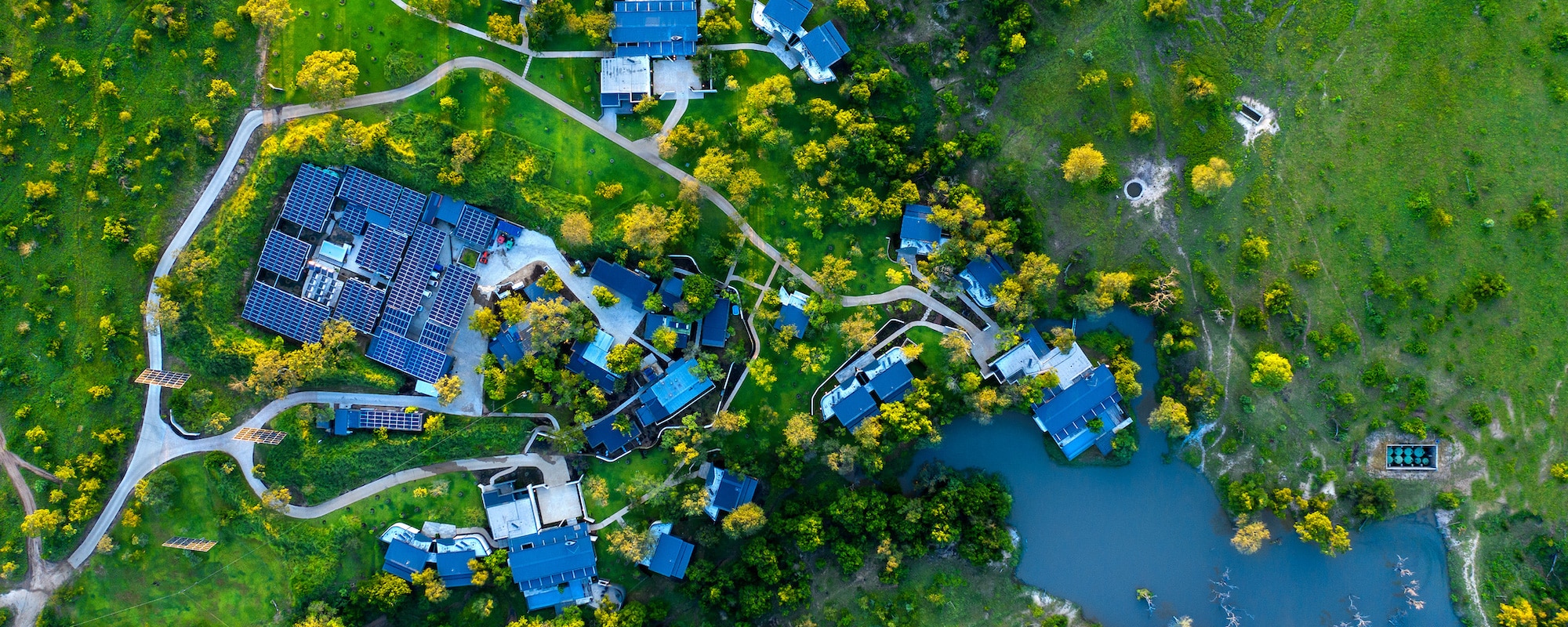
For some lodges, this means moving completely off-grid, powered exclusively by green energy and constructed using sustainable practices and materials. Some establish private concessions – exclusive regions that can be more easily policed against poaching and better managed in terms of forestry and veterinary care. With that said, many national parks also enforce strict regulations around development and tourism practices, as well as providing dedicated teams to prevent poaching.
For others, a more educational approach has been adopted. Many of our valued partners, such Segera Retreat and Sarara in Kenya, are examples of an increasingly common model, one in which local tribespeople are educated as guides and rangers to both tackle poaching and increase employment opportunities for communities.
Ranger units established by the Sarara Foundation (left) & Segera Retreat
However it manifests, 2023 has proven the viability and demand for conservation through tourism, and sustainable safaris are now being requested far more by travelers in what is swiftly becoming the industry standard.
Sustainability is also in the hands of guests, and extended stays at a particular lodge allow one to experience and sometimes participate in sustainability and conservation practices. Additionally, this will reduce the number of transfers required, in turn reducing the journey’s carbon footprint.
PEOPLE POWER IN ECUADOR
The Ecuadorian Amazon has long been ravaged by hungry oil companies, the flaming torches of their scaffolds rising high above the majestic old-growth forests.
This year, the traditional custodians, the Waorani, and collective people of Ecuador voted to protect Yasuní National Park – recognized as one of the most biodiverse regions on the planet – from further oil exploration.
The landmark referendum to halt the development of all new oil wells will safeguard the unique biosphere, preventing infrastructure and the extraction of almost 800 million barrels of crude oil that could also potentially cause an ecological catastrophe in the Amazon River.
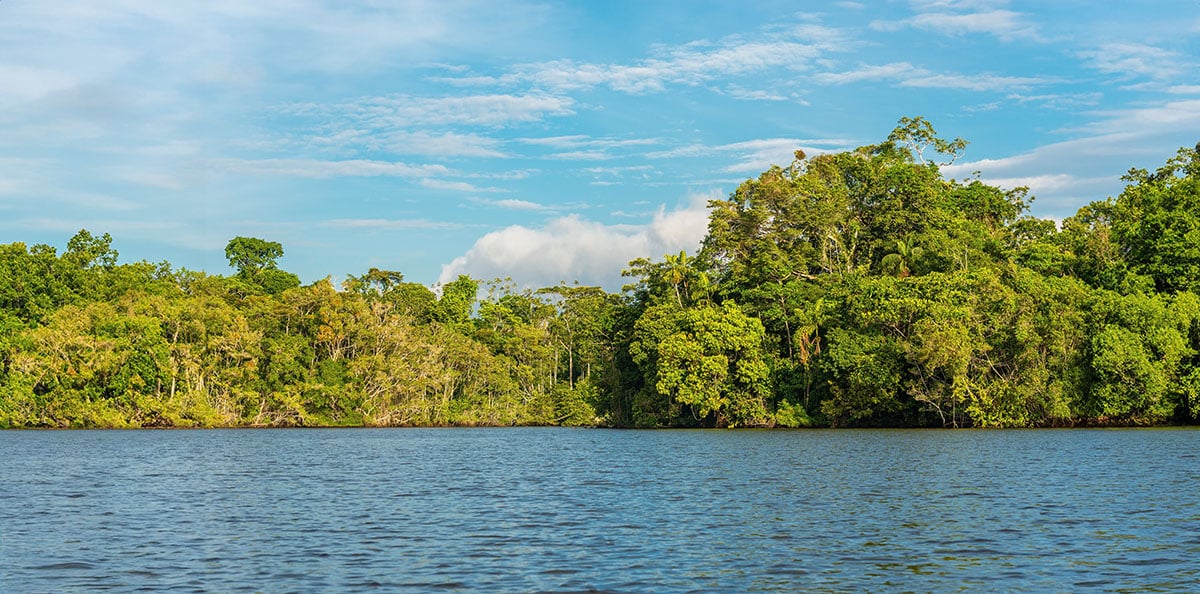
Inspired by the success of this referendum, the people of Quito, Ecuador’s capital, also voted against gold mining in Chocó Andino, a sensitive highland biosphere nearby.
PROTECTING THE OCEANS
Pemba Island, lying 30 miles (50km) east of the Tanzania coast, is the very epitome of a tropical paradise. Pure white sand cascades into azure waters filled with a spectrum of reef fishes, towering palm trees fringe the shoreline, and cotton candy clouds scud across a vast blue sky, bathing the island in sunshine and warmth.
As idyllic as it is, Pemba has been struggling in recent years to keep up with the demands of an increasing regional population and tourism.
Manta Resort‘s Kwanini Foundation has been established to overcome these challenges and create sustainability in all forms.
Kwanini’s focus on sustainability is actioned in several areas. First and foremost is a focus on community. Local residents have been fishing the waters of the Zanzibar archipelago for generations and this marine bounty is integral to their survival. Kwanini is educating fishermen on sustainable techniques and helping to rehabilitate fish stocks that have been over-harvested due to demand from restaurants, hotels and a growing local population.
On land, Pemba’s people are also being educated on the importance of preserving their endemic flora. While Ngezi Forest Reserve protects a portion of the island, sustainable practices are being taught to prevent deforestation and detrimental activities on the rest of the island.
Finally, all of this is being implemented with an acute attention to protecting local communities. A sustainable future on Pemba doesn’t lie only in the ocean and forests, it is also in the health, wellness and preservation of its people by creating symbiotic harmony between seas, trees and people.
KANGAROO ISLAND BOUNCES BACK
In 2020, Australia was hit by one of the worst bushfire seasons in living history.
Though numerous fires raged across the country, one location that suffered significantly was Kangaroo Island. Isolated from the mainland, there was no escape and, with fire sweeping across over half a million acres (211,500 ha) – almost 50 percent of the entire island – the native wildlife suffered greatly.
Despite the loss of life and habitat, Kangaroo Island’s fauna has bounced back. Local veterinary clinics and wildlife sanctuaries were inundated in the fire’s aftermath, and locals banded together to seek out injured animals and rehabilitate them.
Native Australian flora has evolved to thrive through bushfires, many plants requiring such intense heat to germinate, but the captive nature of the fire meant the flames were inescapable for wildlife.
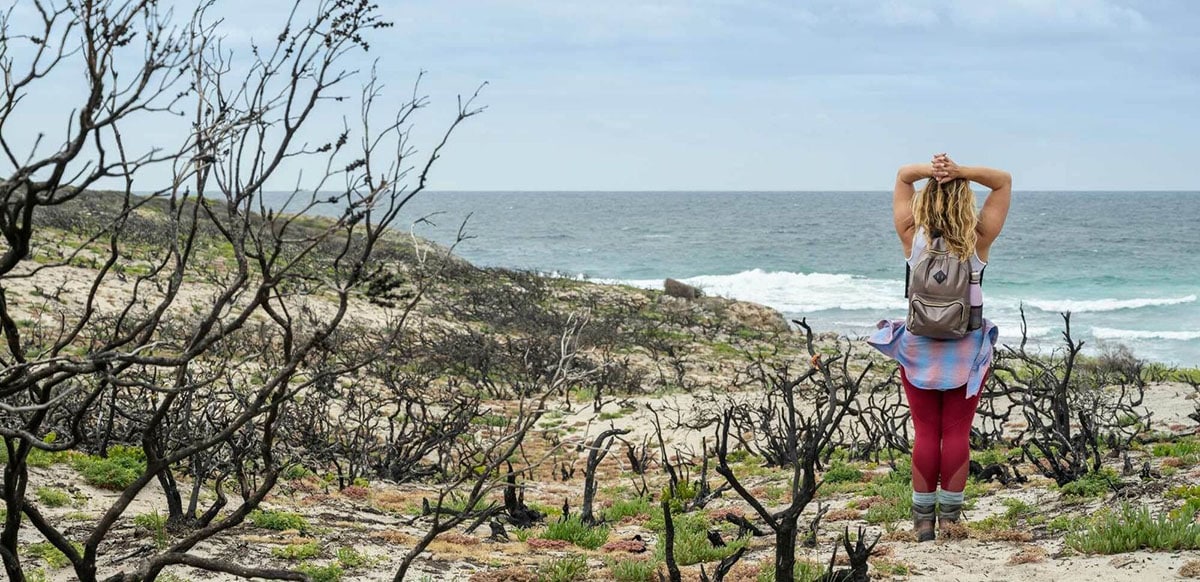
In the last three years, massive efforts by locals, smaller organizations, and the National Parks and Wildlife Service have been undertaken to help the island’s birds and mammals recover, and this year has seen wildlife numbers return to levels close to those before the tragedy.
Though fire damage is still evident across the island, so too is the regrowth of flora and the birdsong and mammal activity. The event has also initiated practices that will significantly mitigate the impact of any future fires.
WHAT IS A KIPUNJI?
Well may you ask: the kipunji is a mid-sized Old-World monkey endemic to Tanzania. Though similar in appearance to baboons and some other species, it isn’t closely related to any other primate.
Only two populations are known to exist in four mountainous regions, the first spanning Kitulo National Park, Mount Rungwe Nature Reserve, and Madehani; the second much smaller population is found in Kilombero Nature Reserve.
Highly endangered, their very existence wasn’t known by Western researchers until 2003, the first new primate species documented in over 80 years.
A concerted effort by the Wildlife Conservation Society and the Tanzanian government has saved this curious and profoundly unique species from extinction, and in 2023 it was announced that, over the last 13 years, kipunji numbers have increased by 65 percent, while human impact on habitat has decreased by over 80 percent.
Africa’s newest monkey finally has the opportunity to thrive.
POSITIVE TIGER CENSUS
In the last century, global tiger populations have declined by a devastating 95 percent.
Last officially counted in 2015, numbers throughout the Indian subcontinent – including Nepal and Bhutan – remained fragile.
This year’s census has revealed a significantly different story, and while tigers remain classified as endangered, there has been a marked increase over the last eight years.
India accounts for 75 percent of the world’s wild tigers, and its population has almost doubled since the 1970s, increasing 6 percent annually over the last decade. Bhutan’s tiger numbers, while low, have also increased, with over 30 individuals added to grow the national population to 131 tigers. Meanwhile, Nepal has doubled its tiger numbers in ten years, an incredible feat for the tiny mountain nation.
Though remaining a heavily threatened species, these long-term trends offer a much brighter future for the world’s largest cat.
MOZAMBIQUE RECLAIMS ITS WILDLIFE
Poaching has been responsible for dwindling wildlife across Africa, and in Mozambique, the impact has also been significant.
Larger than Switzerland, 75 percent of Niassa Special Reserve remains leased by sport-hunting operators, but locals are beginning to take their land back.
Believing their ancestors are reborn as animals, particularly baboons, the Yao people have a strong connection with their natural surroundings. Though trophy hunting is carefully monitored and does benefit the local villagers, a growing movement towards sustainable tourism is being implemented.
Local tribes now receive a percentage of every tourist visit from the government, with bonuses for months free of elephant poaching and snares gathered. This incentive program is an increasing success story, encouraging locals to become custodians of their land and benefit from the tourism this attracts.
UGANDA’S OWN DIAN FOSSEY
Like her American counterpart who so fervently fought for the gorillas of Rwanda, Dr. Gladys Kalema-Zikusoka is doing all she can to save Uganda’s great primates.
The country’s first wildlife vet, Kalema-Zikusoka has spent three decades studying the indigenous gorillas, educating local communities, establishing a mutually beneficial NGO, and shining a light on habitat loss through climate change.
Due to her extensive efforts, the gorilla population of Bwindi Impenetrable Forest has increased by 60 percent. Her organization, Conservation Through Public Health, promotes biodiversity conservation by enabling people, gorillas, and other wildlife to coexist through improving their health and livelihoods.
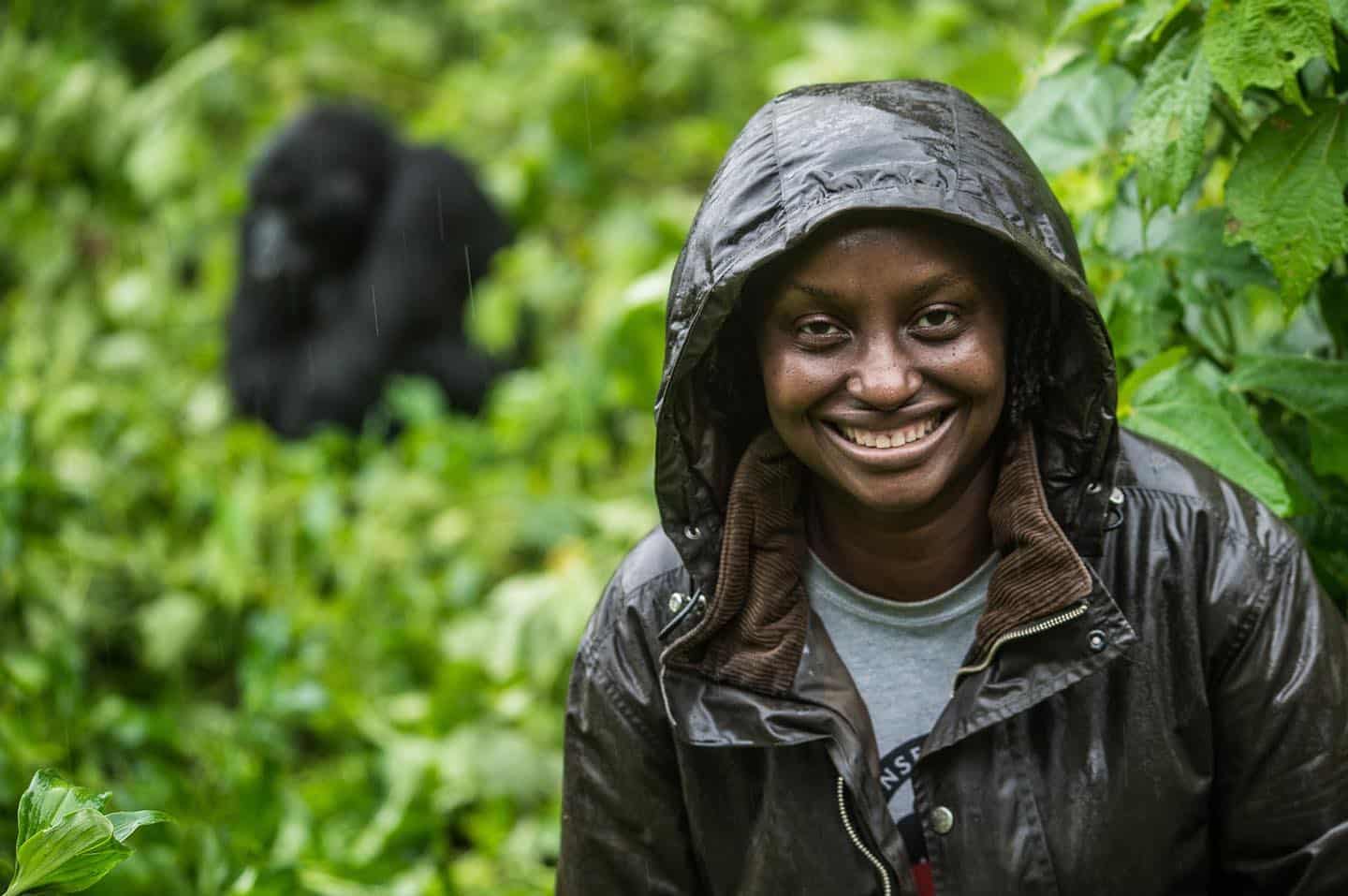
Enabling communities to see the welfare of gorillas as numerously beneficial, Kalema-Zikusoka has increased the level of protection and conservation practices in Bwindi Impenetrable Forest, as well as the benefit to locals, diminishing human threat to gorilla populations.
We acknowledge that 2023 was a year of much sadness and tragedy, but it has also been a year of hope.
These good news stories reflect a global shift in perspective and, as our clients continue to show us, conservation, sustainability and humanitarianism are becoming integral to our daily lives and our travels alike.
With a new year just around the corner, we are excited to see what amazing good news stories will happen in 2024.

